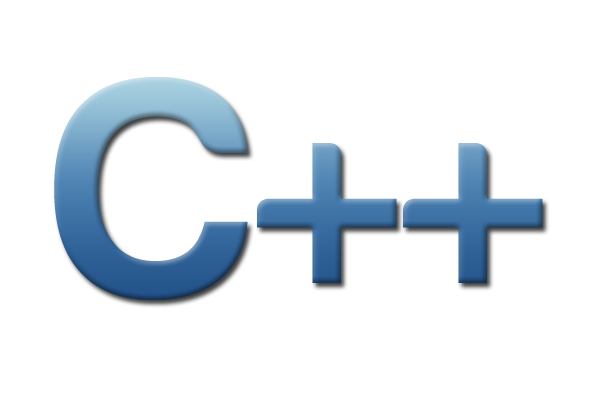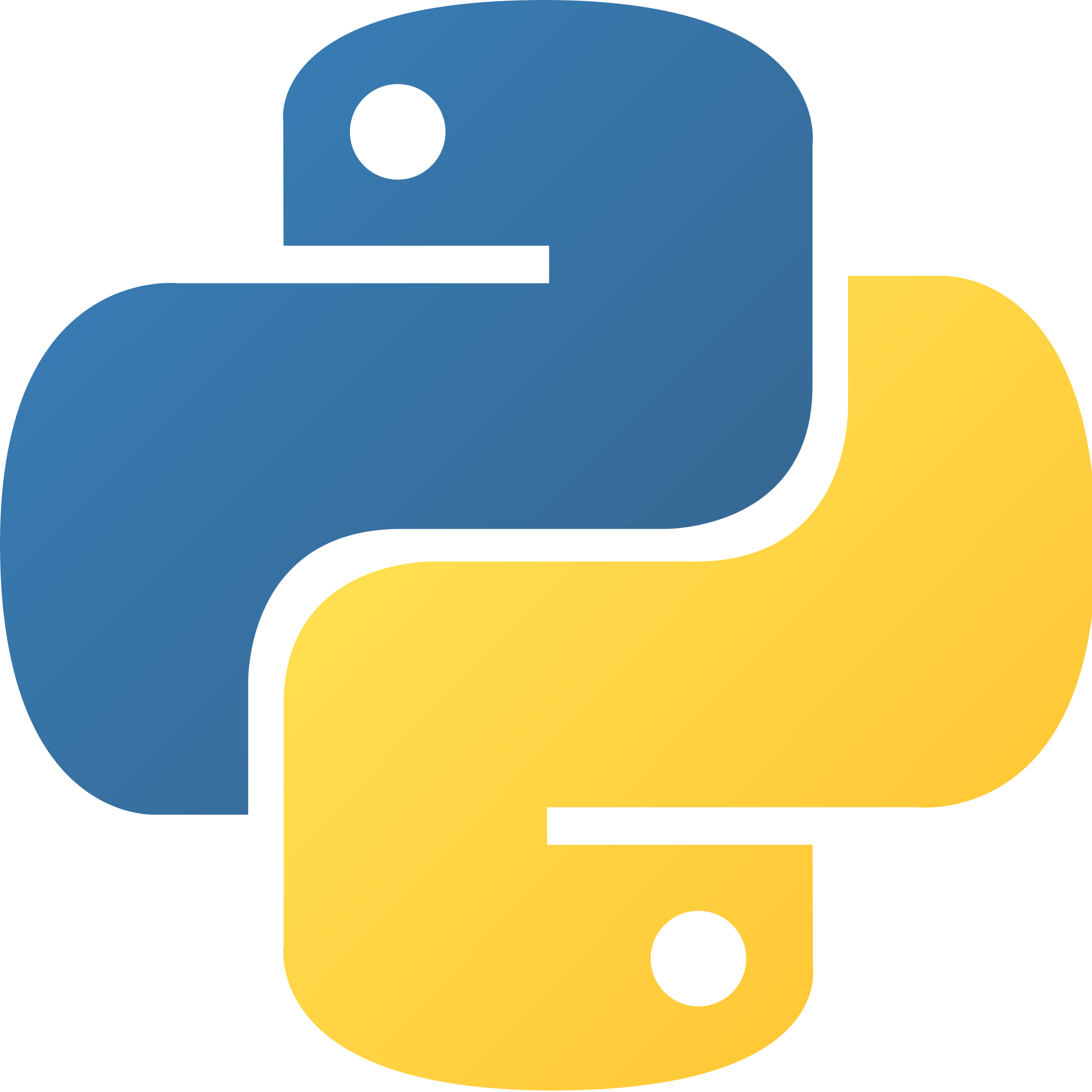Virtual Filesystem¶
TileDB is designed such that all IO to/from the storage backends is abstracted behind a Virtual Filesystem (VFS) module. This module supports simple operations, such as creating a file/directory, reading/writing to a file, etc. This abstraction enables us to easily plug in more storage backends in the future, effectively making the storage backend opaque to the user.
A nice positive “by-product” of this architecture is that it is possible to expose the basic virtual filesystem functionality via the TileDB APIs. This provides a simplified interface for file IO and directory management (i.e., not related to TileDB objects such as array) on all the storage backends that TileDB supports.
The following code example covers most of the TileDB VFS functionality.
Running the above code, we get the following output:
C++
$ g++ -std=c++11 vfs.cc -o vfs_cpp -ltiledb
$ ./vfs_cpp
Created 'dir_A'
Created empty file 'dir_A/file_A'
Size of file 'dir_A/file_A': 0
Moving file 'dir_A/file_A' to 'dir_A/file_B'
Deleting 'dir_A/file_B' and 'dir_A'
Binary read:
153.1
abcdefghijkl
Python
$ python vfs.py
Created 'dir_A'
Created empty file 'dir_A/file_A'
Size of file 'dir_A/file_A': 0
Moving file 'dir_A/file_A' to 'dir_A/file_B'
Deleting 'dir_A/file_B' and 'dir_A'
Binary read:
153.10000610351562
abcdefghijkl
Note that you cannot open an existing file for writing in append mode for S3. It is allowed to open a file in write mode and write an arbitrary number of times to this file (i.e., append to it). However, after you close an S3 file, you cannot re-open it for appends. This is because of the fact that S3 (and similar object stores) do not support append operations to objects after they are created and finalized.
Currently, the virtual filesystem functionality does not support seekable writes because of our integration with append-only filesystems like HDFS and S3. Moreover, moving files across storage backends is not yet implemented. We plan to add both seakable writes (for filesystems that support it) and moving across filesystems in a future release.
Finally, note that TileDB allows you to create/delete S3 buckets via its VFS functionality, e.g.,
C++
tiledb::Context ctx;
tiledb::VFS vfs(ctx);
vfs.create_bucket("s3://my_bucket");
vfs.remove_bucket("s3://my_bucket");
Python
vfs = tiledb.VFS()
vfs.create_bucket("s3://my_bucket");
vfs.remove_bucket("s3://my_bucket");
However, extreme care must be taken when creating/deleting buckets on AWS S3. After its creation, a bucket may take some time to “appear” in the system. This will cause problems if the user creates the bucket and immediately tries to write a file in it. Similarly, deleting a bucket may not take effect immediately and, therefore, it may continue to “exist” for some time.
Warning
The TileDB VFS feature is experimental. Everything covered here works great, but the APIs might undergo changes in future versions.

